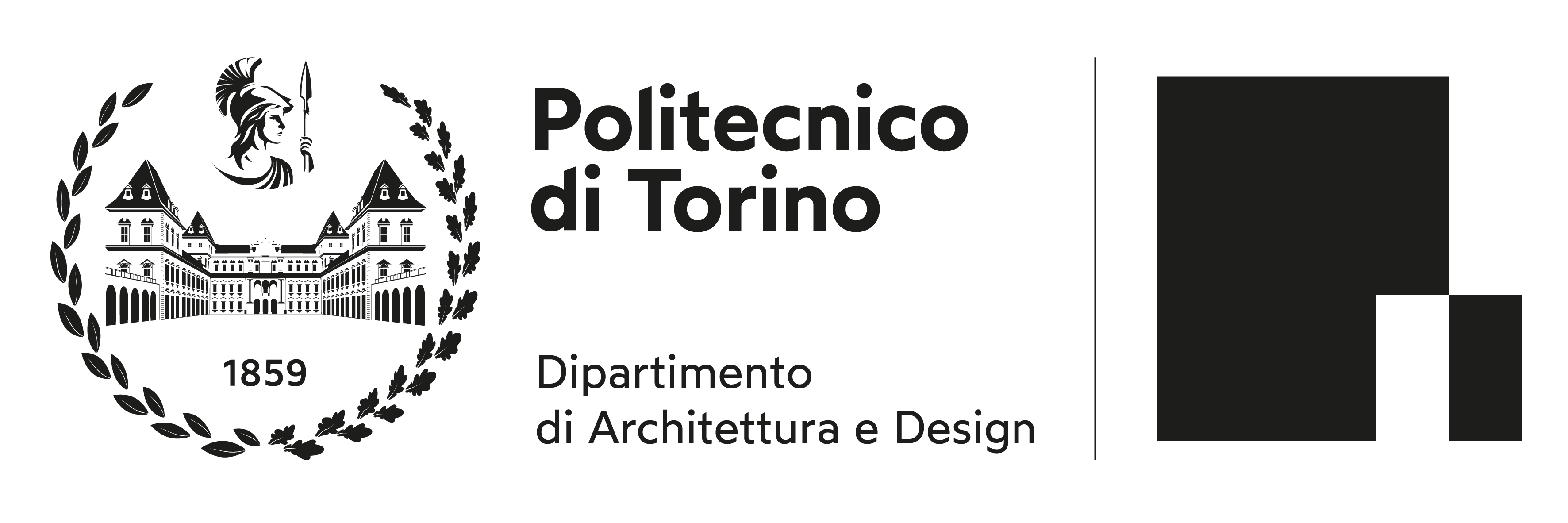This article examines, on the basis of two residential buildings by Franz Baumann, the status of the postulate of an autochthonous “Tyrolean Modernism”. Often mentioned together, five architects are among the main representatives of classical modernism in the Austrian province of Tyrol: Clemens Holzmeister, Lois Welzenbacher, Theodor Prachensky, Franz Baumann and Sigfried Mazagg. Even if they did not form a close circle because of their life paths, there is a strong link between them, mostly in their artistic background and their way of representing architecture. Architecture was a detour from a first aim to pursue an artistic career for all of them, with the exception of Welzenbacher. Architects like Franz Baumann not only “modernized” well-known typologies, but also regionalized elementary components of internationally widespread building traditions. The “Tyrolean Modernism” was repeatedly regarded as an “autochthonous” movement, even if the regional scene was not detached at all from the international development. The alpine environment, in particular, offered a framework of conditions that challenged the architects to top performance. They were able to plan for locations that were uncharted territory in many respects: exposed in the mountains or high mountain areas. In this context, the architects of “Tyrolean Modernism” benefited from their painterly- trained eye for the morphology of Alpine landscapes.







